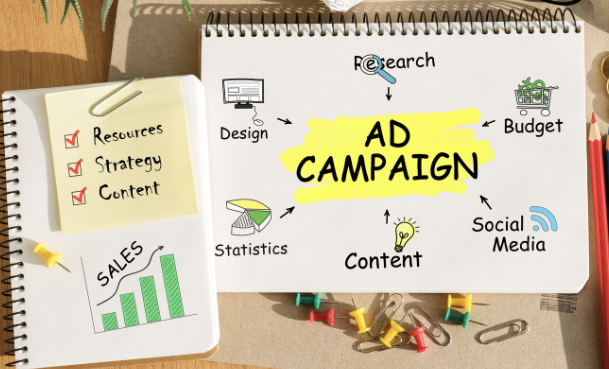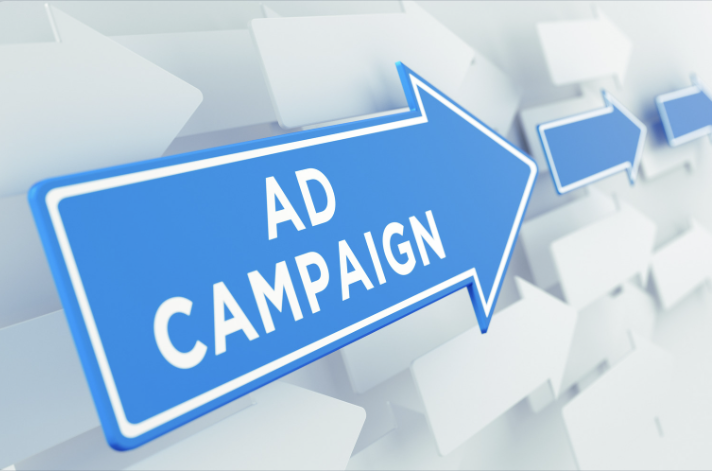Facebook ads are a great resource to target new customers and drive sales.
But before starting any advertising campaign on this popular social network platform, it pays to check whether you’ve got the basics covered to maximize your campaign budget and prevent delays.
Here’s a handy marketing checklist to review before you launch your next Facebook campaign!

Have you chosen the right campaign objective?
What is your marketing objective with your Facebook ad? The best way to choose the right campaign objective is to ask yourself what kind of message you want to send out to your target market. Do you want to sell something? Or do you just want to inform them about your business? If you want to sell something, then you should use one of the “Promote” objectives. On the other hand, if you want to inform your customers about your business, then you should use the “Engage” objectives. Check out our blog post on Objectives for more guidance!
Does your ad conflict with Facebook’s rules?
Facebook is very strict about ad rules. If you don’t follow them, your campaign might get banned! Some of their special ad categories include ads that offer credit cards, loans, or insurance, highlight job opportunities or professional certification programs, or advertise real estate listings. Ads also cannot contain any political speech, nudity, hate speech, or other inappropriate content.
Have you installed and tested your Facebook pixel?
A Facebook pixel is a small snippet of tracking code that allows marketers to learn how users interact with ads on Facebook. The pixel tracks the page active users visit after clicking on an ad, allowing marketers to determine whether they should continue running the same ad campaign or change it up. By adding this simple code to your website, this analytics platform lets you monitor visits to your site, which pages are the most visited, and more accurately track conversions and sales! Here’s a link to our 3-Minute Pixel Set-Up Guide; if you’re already installed it, be sure to test it before launching your ads!
Is your campaign running for at least 30 days?
Running Facebook ads for less than 30 days may result in lower conversion rates. If you want to reach new customers, then running Facebook ads for a longer time frame is necessary. If you want to test out different ad copy, then you can always change them after 30 days. However, if you’re only interested in getting traffic from Facebook, then running them for shorter periods of time may work better. Ideally, Facebook ads should run indefinitely until they stop working for you!
Have you tested your ads, or are you prepared to?
If you want to increase conversions from your Facebook ads, then you need to keep testing until you find what works best. If you want to test out different ad copy, then use the same campaign ID for each ad, and change only one variable at a time. This way, you can compare which ad performs better and refine your marketing strategy.
Have you defined your audience?
Audience refers to the specific groups of users who will be interested in your product or service. Defining your types of audiences helps you create better ad campaigns. After all, if you don’t know who your target audience is, how can you reach them? To find out which audiences are best for your Facebook ad campaign, use the Ad Planner tool to create custom audiences based on interests, demographics, behaviors, and location. If you’re using a custom audience, verify that you have the most up-to-date data. Also, verify the audience size: your campaign audience should be narrow, but not too small.
Is your image the best choice for the ad, and is the size appropriate?
The first thing you need to decide when choosing an image for your Facebook ads is what kind of message you want to send. Do you want to sell something? Or do you just want to inform the world about your business? If you want to sell something, then you should use images that show off your product. However, if you want to inform about your company, then you should use photos that convey professionalism. Your ad image should be consistent with both the landing page and the company brand. Also, be sure to preview how the image will appear on ad placements on both desktop and mobile devices and adjust as needed.
Is your ad copy well-written, with a compelling headline and a clear call to action?
Copy is extremely important for social media advertising because it helps users understand what they’re seeing. If you don’t know how to write copy, then you should hire someone who knows how to do it right. A well-written ad will help increase conversions, which means more money for you. If you’re taking on the task solo, a great habit to adopt is to read your ad copy out loud and listen for anything that sounds awkward. Also, check carefully for typos or grammatical errors: users will notice! For more tips, check out our blog on Writing Ad Copy that Sells.
Is your landing page optimized, with clear call-to-action buttons?
The goal of a landing page is to capture email addresses or other contact information from potential customers, and/or convert visitors into leads. If you’re looking for one or both, you need to focus on improving the quality of your landing page. A well-designed landing page should be easy to navigate, contain clear call-to-action buttons, and include relevant information for each visitor. There are several tools available for optimizing landing pages such as Google Analytics, Hotjar, and Unbounce. We’ve also got a great article on Landing Pages and the importance of making the right offer.
Have you chosen the right budget for this campaign?
Choosing between a daily or lifetime budget depends on how much money you want to spend per month. If you’re just starting out, then we recommend testing out a daily budget first. Daily budgets allow you to test different ad copy and landing pages, but they can be expensive. Still, if you plan to run multiple ad campaigns at once, then a daily budget is better since you won’t be wasting money on ads that aren’t working. On the other hand, if you’re planning to run one campaign per month, then a lifetime budget is best.
Running a successful Facebook ads campaign requires an investment of time and effort.
Gone through our ads checklist, but looking for some additional guidance to meet your marketing goals?
Reach out to us!
Related Posts
- The Ultimate Guide on Creating a Facebook Ads Strategy in 2023
- Facebook Ads Best Practices In 2023
- How To Create an Effective Landing Page for Facebook Ads
- How To Optimize Facebook Ads for The Highest ROI
- Facebook Ads for Small Businesses: The Most Bang For Your Buck
- Facebook Ads vs Boosted Posts: Which Is Better For You?
- Are Facebook Ads Worth it? Pros and Cons of Facebook Ads
- What is a Good ROAS for Facebook Ads?
- How to Write FaceBook Ad Copy That Sells
- Facebook Business Manager Overview
- Increase ROAS with Facebook Lookalike Audiences
- Why You Should Use Campaign Budget Optimization
- Is the Conversion or Traffic Objective Right for Your Campaign?
- Build Lookalike Audiences Using Lead Ads
- Connecting Your Lead Form to Your CRM
- How to Find Lead Forms in Facebook
- Facebook Retargeting Strategy
- Overview of Facebook Objectives & Ad Formats
- Facebook Ad Frequency 101
- How to Organize Your Facebook Ads Campaign
- Facebook’s Estimated Ad Recall Lift: Everything You Need to Know




